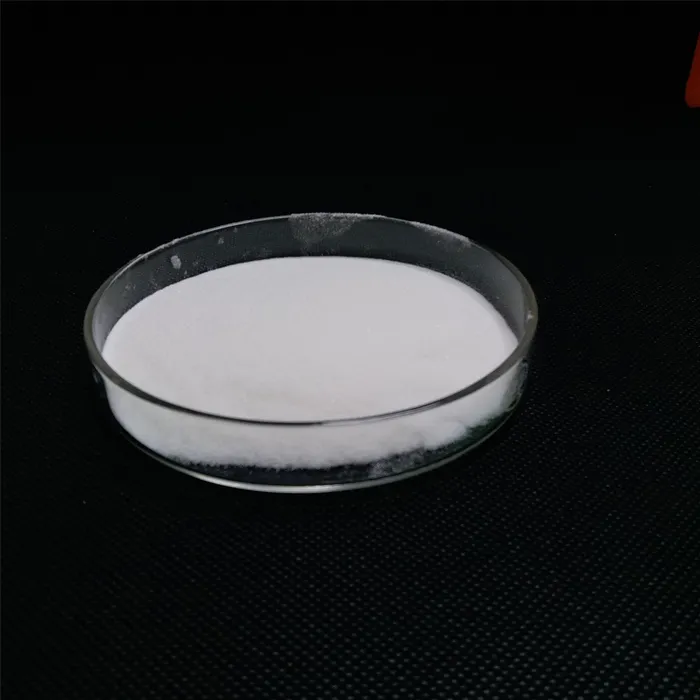Municipal Water Treatment Chemicals Ensuring Safe Drinking Water
Water is fundamental to life, and providing safe drinking water is one of the primary responsibilities of municipal authorities. To achieve this, water treatment processes are employed at treatment plants where raw water is processed to meet regulatory standards before it enters the distribution system. A critical component of these processes involves the use of various chemicals designed to ensure the water is safe and palatable for public consumption. This article discusses the key chemicals used in municipal water treatment, their functions, and the importance of water safety.
Coagulation and Flocculation
The first step in water treatment often involves coagulation and flocculation. Raw water typically contains suspended particles, including dirt, mud, and organic material, that make it turbid and unfit for consumption. Chemicals known as coagulants are added to the water to aggregate these particles into larger clumps known as flocs. Common coagulants include aluminum sulfate (alum) and ferric chloride. These substances work by neutralizing the charges on the particles, which facilitates their aggregation.
Once the flocs are formed, the water undergoes flocculation, where gentle mixing encourages the newly formed flocs to collide and stick together. This process results in larger flocs that can be easily removed during subsequent filtration.
Sedimentation
After coagulation and flocculation, the water is allowed to sit in a sedimentation basin, where the flocs settle to the bottom due to gravity. This process is critical for removing the bulk of suspended solids. The settled solids, known as sludge, are then removed from the basin for proper disposal or treatment, preventing the reintroduction of contaminants into the treated water.
Filtration
municipal water treatment chemicals

Following sedimentation, the water moves to the filtration stage, where finer particles and any remaining coagulants are removed. Various filtration media can be used, such as sand, gravel, or activated carbon. Each type has its unique advantages, with activated carbon being particularly effective in removing organic compounds and improving taste and odor.
Disinfection
Disinfection is one of the most crucial processes in municipal water treatment, as it ensures the elimination of harmful pathogens such as bacteria, viruses, and parasites. The most commonly used disinfectant is chlorine, which is highly effective and relatively inexpensive. However, it can produce harmful by-products, such as trihalomethanes, when it reacts with organic matter in water. To mitigate this, chloramines, a combination of chlorine and ammonia, are sometimes used as a secondary disinfectant.
Other disinfection methods include the use of ozone and ultraviolet (UV) light. Ozone is a powerful oxidant that not only disinfects water but also helps to remove taste and odor. UV disinfection, on the other hand, is an environmentally friendly option that uses light to inactivate microorganisms without the addition of chemicals.
pH Adjustment and Corrosion Control
The pH of treated water is also an essential factor, as it influences the solubility of metals and potential for corrosion in pipes. Chemicals like sodium hydroxide or lime are used to adjust pH levels, ensuring optimal conditions for the distribution of water. Additionally, phosphates may be added for corrosion control, helping to protect plumbing infrastructure from deterioration.
Conclusion
In summary, the chemicals used in municipal water treatment are vital for ensuring the safety and quality of drinking water. From coagulation and flocculation to disinfection and pH adjustment, each stage of the process relies on specific chemicals to eliminate contaminants and provide water that meets health standards. As urban areas continue to grow and the demand for clean water increases, the importance of effective municipal water treatment cannot be overstated. Municipal authorities must continuously monitor and adapt their treatment processes, employing the latest technologies and best practices to safeguard public health. By doing so, they can ensure that, despite the challenges posed by pollution and population growth, safe and clean drinking water remains accessible to everyone.

